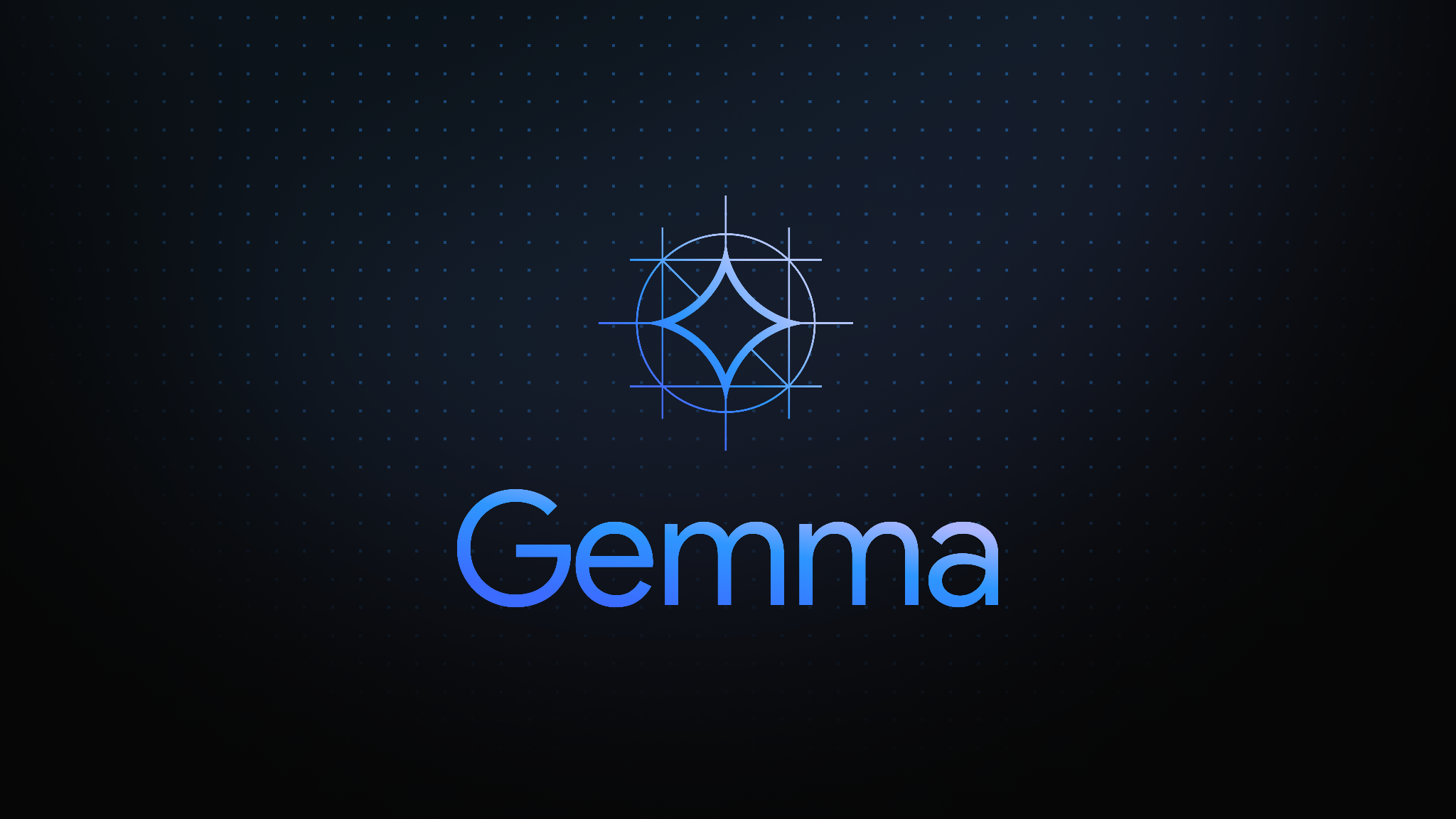Google Gemma AI - Chat with Google Gemma 7B Model
Want to test out the Google's Open Source Model: Gemma 7B? Use this Chatbot now!
Introduction
Gemma 7B - Google Gemma AI: the Open Source Chatbot from Google
Google has introduced Gemma, a new family of lightweight, state-of-the-art open models that are built from the same research and technology used to create the Gemini models. Gemma models are designed to be accessible and versatile, supporting a wide range of tools and systems, and are optimized for performance across various hardware platforms, including NVIDIA GPUs and Google Cloud TPUs.

Key Features of Gemma 7B, Google's Gemma AI:
- Model Variants: Gemma comes in two sizes, Gemma 2B and Gemma 7B, with both pre-trained and instruction-tuned variants available.
- Framework Compatibility: Gemma supports multiple frameworks, including Keras 3.0, native PyTorch, JAX, and Hugging Face Transformers.
- Cross-Device Compatibility: The models can run on a variety of devices, from laptops and desktops to IoT and mobile devices, as well as on cloud platforms.
- Optimization for Google Cloud: Gemma is optimized for Google Cloud, with easy deployment on Vertex AI and Google Kubernetes Engine (GKE).
- Responsible AI: Google has released a Responsible Generative AI Toolkit alongside Gemma to guide the development of safer AI applications.
- Commercial Usage: The terms of use allow for responsible commercial usage and distribution for organizations of all sizes.
Availability and Resources for Gemma 7B"
- Access: Gemma models are available worldwide and can be accessed through platforms like Kaggle and Hugging Face.
- Support for Developers: Google provides quickstart guides, toolchains for inference and supervised fine-tuning, and free credits for research and development.
- Performance: Gemma models are reported to achieve best-in-class performance for their sizes and are capable of running directly on a developer's laptop or desktop computer.
Gemma 7B: Google's Testment for Open Source AI Models
Gemma represents Google's commitment to contributing to the open AI community and is seen as a response to the growing demand for open large language models (LLMs) following the success of OpenAI's ChatGPT. It is also viewed as a move to attract more developers to Google's AI platforms and to ensure transparency and privacy in AI development.
In summary, Google's Gemma AI models offer developers and researchers new tools for building AI applications with the flexibility of open models, the support of Google's infrastructure, and a focus on responsible AI development.
How Accurate Is Google's Gemma 7B?
Google Gemma AI is a family of lightweight, state-of-the-art open models developed by Google, including Gemma 2B and Gemma 7B variants. These models are built on the same technology as the Gemini models and support various tools and systems like multi-framework tools, cross-device compatibility, and cutting-edge hardware platforms. Gemma models can run on different devices, including laptops, desktops, IoT, mobile, and cloud platforms. They are optimized for Google Cloud and can be deployed on Vertex AI and Google Kubernetes Engine (GKE).
Gemma models are available in two sizes: Gemma 2B and Gemma 7B, each with pre-trained and instruction-tuned variants. They offer responsible commercial usage and distribution terms for all organizations. Gemma models achieve best-in-class performance compared to other open models of similar sizes. Google has also released a Responsible Generative AI Toolkit to guide the development of safe AI applications using Gemma.
Google Cloud customers can customize and build with Gemma models in Vertex AI and run them on GKE. Gemma supports popular tools like Colab and Kaggle notebooks, JAX, PyTorch, Keras 3.0, and Hugging Face Transformers. Collaboration with NVIDIA optimizes Gemma for NVIDIA GPUs for enhanced performance. Developers can build generative AI apps, conduct research, and deploy custom models using Gemma on Vertex AI or GKE.
How Can Developers Use Gemma 7B Models?
Developers can use Gemma AI models by following these steps:
-
Model Sizes and Capabilities: Gemma models are available in two sizes, Gemma 2B and Gemma 7B, each tailored for different platforms based on resource requirements. The 2B size is suitable for mobile devices and laptops, while the 7B size is designed for desktop computers and small servers.
-
Framework Flexibility: Developers can run Gemma models on various frameworks like TensorFlow, JAX, PyTorch, and even use native implementations of JAX and PyTorch through Keras 3.0 multi-backed feature.
-
Tuning Models: Developers can modify Gemma models' behavior through additional training, known as model tuning. Gemma models are available in pretrained versions, which require tuning for specific tasks, and instruction-tuned versions that respond to conversational input like a chatbot.
-
Deployment: Gemma models can be deployed on various platforms such as laptops, workstations, or Google Cloud using Vertex AI and Google Kubernetes Engine (GKE). They are optimized for Google Cloud with support for NVIDIA GPUs for enhanced performance.
-
Responsible AI Development: Google provides a Responsible Generative AI Toolkit to guide developers in creating safe AI applications using Gemma models. This toolkit includes tips and tools for ensuring responsible AI practices.
-
Getting Started Guides: Google offers guides on text generation with Gemma, tuning Gemma with LoRA, distributed training with Keras and JAX backend, and deploying Gemma to production. These guides help developers kickstart their projects using Gemma models.
By leveraging the capabilities of Gemma AI models, developers can build innovative AI solutions tailored to their specific needs while ensuring responsible and ethical development practices.